5 Experts on the Amalgamation of Blockchain and Iot
The Internet of Things (IoT) and Blockchain are two different techs that are set to revolutionize the wider aspects of the business. But the idea of...
9 min read
Sales : Feb 5, 2018 12:00:00 AM
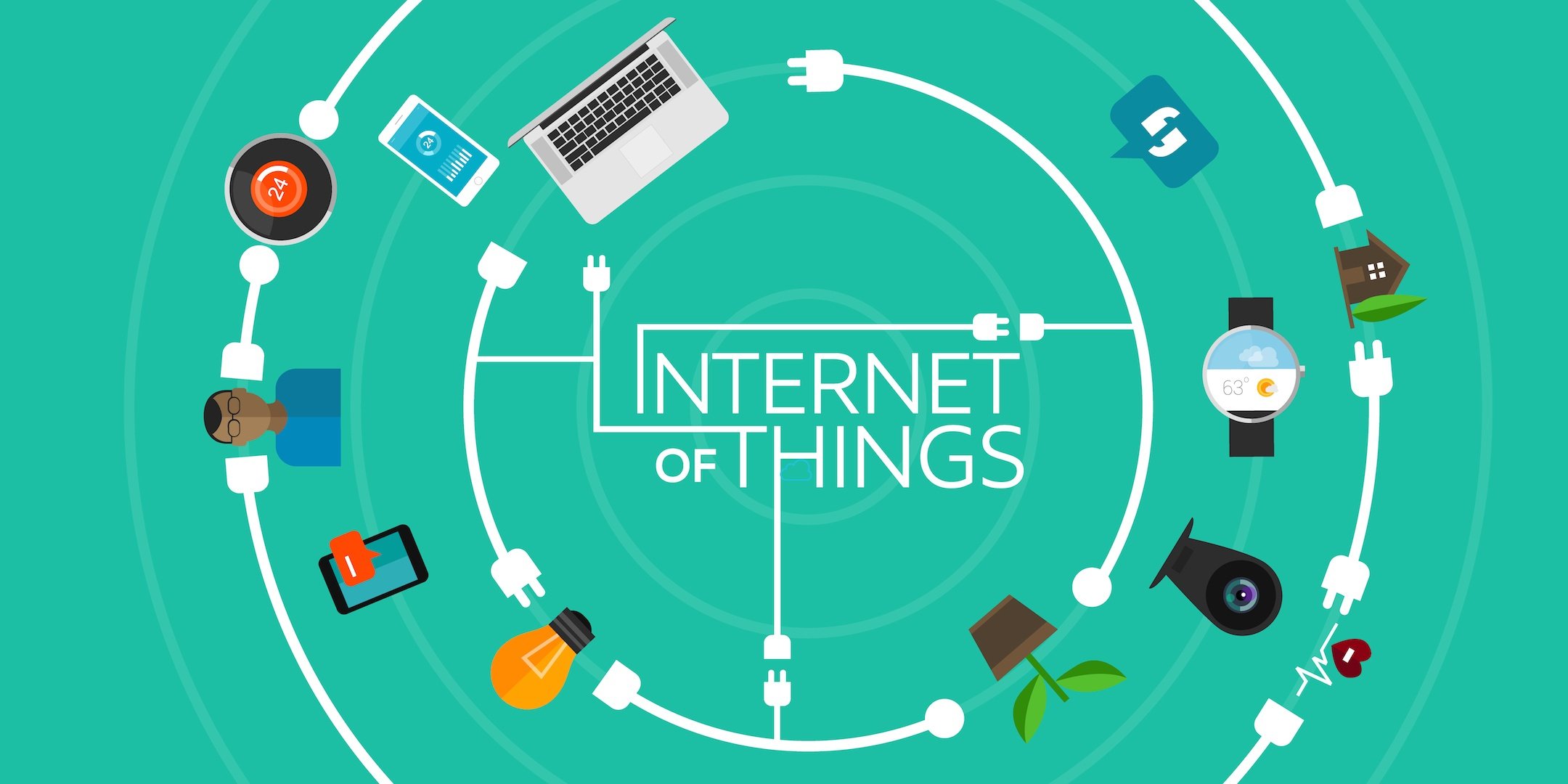
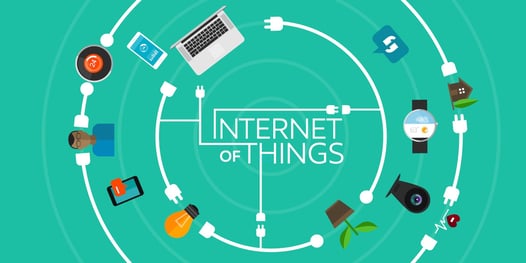
Internet of Things is a rapidly evolving technology which is making everything smart. Whether it is factory equipment, children toys or even clothing everything can now be made intelligent by combining sensor technology with machine learning. But the presence of such data-intensive technology around us has made us vulnerable to security and privacy threats. Wherever there is voluminous data there is a scope of exploitation. This huge risk has made many people reluctant towards using such smart technology despite its obvious advantages. Amidst all this, the IoT has still managed to grow and evolve. Yet, the future of the tech looks hazy. To bring clarity to the confusion we reached out to 12 industry experts who shared their views on the upcoming IoT trends and its future applications.

Over the next twelve months, you will see a bigger shift away from consumer-based IoT as everyone reacts to the recent flops in the market such as Juicero, Lily Robotics, Hello, and Jawbone and incumbents finally formulating robust consumer IoT strategies. The consumer IoT market has been an exciting investment over the past 5 years, but the funding growth is going to decrease substantially.
However, while consumer IoT's growth will slow, 2018 will be the year of industrial IoT (IIoT). Especially companies that are using industrial IoT to build new types of infrastructure such as Veniam, Swift Navigation, and BetterView. The dramatic reduction in capital expense to deploy technology around a city, town, or field is enabling a wave of opportunities. You should expect to see the use of Industrial IoT technology to solve the unsexy problems in telecommunications, insurance, agriculture, and transportation skyrocket in 2018.
- Alex Kubicek, CEO, Understory @UnderstoryWx

Current IoT trends seem to have a focus on the application of processes and technologies that will make it easier to rapidly respond to the dynamic security environment and conversations are moving toward managing systems, devices, and deployments that will stand the test of time. Conversations with regulators are moving toward understanding what developers of IoT products are going to do when the best laid cybersecurity plans fail. Regulators are beginning to understand that compromise, like diseases, are inevitable, so how are we going to manage a large population of systems of devices that can potentially fail on a massive scale?
I would also add that the incentive to implement security in consumer IoT devices isn’t very strong. The cost to do so won’t be recovered in the low price points of these devices. It seems that regulation may be the only way such security gets implemented and hence a trend may be that governments and regulators from the US, EU and possibly China and/or Japan start recognizing the threats which consumer IoT devices pose and begin issuing regulations around their security.
- Mike Ahmadi, Global Director, IoT Security Solutions at DigiCert @digicert

Last year IoT apps surged along with smart home technology and will continue to grow in 2018 as homes get much more interactive. I predict that devices will tell us what to do instead of waiting to be told. However, instead of explosive growth, this year will be about steady growth. Currently, companies are struggling with fragmentation and security issues that will need to be addressed this year.
The retail, healthcare, and supply chain industries will experience the most growth with IoT. Retailers are taking advantage of the ability to interact with their customers in personal ways, the healthcare sector is using wearable devices, and supply chains are tracking products in factories.
- Sanjay Malhotra, CTO and Co-Founder of Clearbridge Mobile @smalhotra

2018 will bring a heavy focus on new methods to securely share data using blockchain-like technologies, now that data lakes are more common. Many industrial companies will begin to accept and trust machine learning model predictions and adapt their operations to prevent downtime based on model outputs. Machine learning model training will continue to be more and more automated as “auto-ML” toolsets become more common. Industrial companies will increase the number of large capital assets connected to the cloud by 3-5x. Data extraction from historians and integration with legacy industrial systems will continue to be a hotspot for data extract/transform/load in order to perform machine learning, both in the cloud and at the edge.
- Dr. Jeff Jensen, Arundo Analytics CTO

The Internet of Things has brought about a wave of computing that likens to the reality described by Sci-Fi writers of the 20th century. IoT devices collect more data about the world than any other genre of technology, and Gartner projects there will be a total of 31 billion IoT devices by 2020.
By 2020, however, the role of IoT devices will have completely shifted. Today, IoT is responsible for tracking and reporting information on a multitude of environments. So much data is collected that Artificial Intelligence is required to make sense of it. This process has already begun, but it will only increase in pace. In the near future, IoT devices will not only give reports on their environment but provide technicians with insightful suggestions.
Beyond this stage, though, the technician is destined to be removed from the picture. After IoT devices begin to provide intelligent insights, IoT systems will transcend from observing the world to changing the world. Not only will IoT devices record and store data, but they will also begin to make decisions on behalf of their human administrators. IoT devices will understand what's best for the systems they manage even better than the humans who calibrated them.
- Trent Guillory, Owner, Software Engineer at Sitesprout @trentguillory
Other than the obvious – IoT continues to grow as costs shrink (WIFI components, etc.) and use cases unravel (yes pet cams, collars, window sensors, etc.) – IoT in general terms will become more/hyper-personalized – dragging along brand-new security and identity requirements. IoT providers will have to do a much better job of managing these issues, especially as the personalization aspects become even deeper – think health data, financial information, etc.
With new Privacy regulations coming online (GDPR shortly, PIPEDA in Canada, talk of new ones in the US) – the onus on service providers to manage the whole lifecycle of identity and its related attribute data will quickly become onerous – especially with some of the financial implications of a breach or leak.
It won’t be enough to stuff a WIFI chip and a battery in a sensor, toy or robot. Providers must consider the full implications of their product – not just how the hardware and software work – but how and what types of PII-related data are utilized. You would be surprised what ‘becomes’ PII when you start combining datasets – the risk and compliance requirements grow considerably and will have a significant material impact on the company if it is poorly managed.
- Jason Remillard, President of Data443 Risk Mitigation, Inc. Former VP of CISO Global Security Architecture and Engineering at Deutsche Bank. @data443risk

The fundamental security weakness of the Internet of Things is that it increases the number of devices behind your network’s firewall. Securing IoT devices requires more than securing the actual devices themselves. We have to incorporate security into software applications and network connections that link to those devices.
Ten years ago, most of us had to only worry about protecting our computers. Next, we had to worry about protecting our smartphones. Now we have to be concerned with protecting our car, our home appliances, our wearables, and many other IoT devices. Because there are so many devices that can be hacked, it is a constant security challenge. I see IoT edge computing continuing to grow and evolve.
The IoT platforms marketplace is set to grow rapidly in the years to come, with current leading platforms expanding and others entering the marketing. In the short term, companies are unlikely to reject the cloud for edge computing. A day may come where we may have more computing power and more computers on the edge of the network than we will have in datacentres. But I think that is many years away.
- Ian McClarty, President at phoenixNAP - Global IT Solutions @phoenixnap
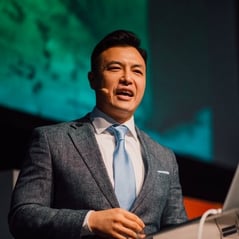
In the next 5+ years, I foresee that many of the consumer, enterprise, industrial, financial and government processes will become decentralized, smart, self-governing and self-healing and optimized real-time. To make this more concrete, enterprise systems have evolved from onsite ERPs, cloud ERPs to soon to be fully decentralized enterprise capabilities and with it driving down the total cost of ownership, transaction costs and maintenance.
Some startups are already building on top of IoTA's Tangle to develop modules and components for enterprises to quickly model their business processes without the cost of cloud or SaaS. Others are creating ad platforms and marketplaces out of IoT and blockchain. Expect to see monolithic and centralized computing models broken into micro-services and jobs distributed to decentralized machines and devices. After this initial stage of industrial IoT, the Internet of Things (in convergence with AI and blockchain) will permeate into governance, financial transactions, health and other disciplines that people can't currently fathom.
- Scott Amyx, global thought leader and venture capitalist, author of Strive: How Doing the Things Most Uncomfortable Leads to Success @AmyxIoT.

One of the biggest challenges IoT has faced is the lack of a cooperation within the industry to create a unified IoT framework. Without a central shared platform, companies have spent countless hours developing virtually identical solutions in isolation from one another.
The absence of collaboration has slowed IoT solution adoption and created significant integration challenges. From a developer's perspective, it’s produced a confusing, messy mish-mash of tech that has made development difficult. The net result? Adoption has been significantly impeded, and IoT is nowhere near fulfilling its potential. An amazing 60 percent of projects fail at PoC stage.
Craig believes blockchain could help speed up adoption by enabling the development of apps that have high-performance thresholds, supporting the data-intensive processing required. They have recently worked with a medical company on an IoT-enabled surgical robot that performs precision surgical tasks and provides a stream of real-time performance data and can share insights from that project.
- Craig Sproule, CEO of Crowd Machine. @Crowd_Machine

In the coming years, the biggest trend I see in IoT and the connected world will be how connected devices will combine with AI to become a decision-making aid for businesses and even for individuals.
IoT includes billions of devices that are connected to the cloud. I view these connected devices as data collectors which feed a central database in the cloud. So, what is the purpose of collecting all this data if not to make intelligent decisions? This is where AI comes into the picture. A machine learning system can identify trends and cull insights from the massive data to help improve decision making in every area of our lives, from making management decisions, to healthcare and down to how an individual interacts with the connected world.
The end game of IoT is intelligent, self-learning systems. I view IoT devices as data collection devices (smartphones, cars, home devices are all collecting data). For an AI system to be trained and acquire intelligence, it needs massive data. That is in essence what these billions of connected devices are doing. Once the data is collected in a central database in the cloud, then data scientists can refine and massage the data to create training sets which feed into machine learning algorithms to produce all kind of results.
Imagine every medical device, from X-rays to MRIs, storing all their images in the cloud for intelligent systems to analyze and make recommendations back to the doctors as to what they are dealing with. If pandemics are about to break out, AI will be able to detect that and warn governments much faster than through human intervention.”
- Riaz Merchant, Founder and CEO Thriftly.io, a tool that enables applications written in any software language to quickly transform existing functions into globally accessible web APIs. @riazmerchant

Smarter cities will spread across the globe. There are a handful of cities, such as Singapore, Seoul, and Boston, that have started early investments into how to use IoT to create smarter cities. The majority of these IoT rollouts in cities have focused on invisible behind the scenes parts of city operations that few people see, touch, or use. Even the most advanced users have not seen a noticeable change to date. In 2017, we saw cities rolling out more sensors and technology to take advantage of existing data collection tools, such as cameras and positioning chips. In 2018, we'll see forward-thinking cities invest in innovative data exchanges that allow for the combination and access of data between citizens, public institutions, and private organizations. The combined data that will be available is where things get interesting. We'll see a shift in thinking from IoT and smarter cities to a genuinely responsive city that reduces traffic congestion, improves safety, and unlocks sustainable development.
- Kurt Uhlir, serial entrepreneur, patented inventor, and operator. @kurtuhlir

There are myriad technological issues holding IoT back from mass adoption scalability, cost, security and the lesser focused on, privacy. Many have rushed to declare privacy dead in their effort to push technology forward as fast as possible, not questioning whether they might be able to design similar systems with better security that protects user privacy. And of course, most software is written to collect as much data as possible since selling it is so lucrative.
The biggest issue is the centralized network on the backend we use to run IoT devices. Not only does this create a huge attack vector for cybercriminals, limit scalability and drive up costs, but customers lose ownership of their data – companies time and again have proven they can’t protect it against theft. With little to no consequences for companies that expose customer data (looking at you Equifax), trust is becoming a big issue. If we’re going to welcome dozens of smart devices in our homes, we need to solve for the trust issue or consumers stand to lose more than just their identities.
The blockchain is emerging as a solution to all of these issues. It’s naturally decentralized architecture fixes the security issue of retaining massive amounts of data in one place, can scale easily up or down and is therefore much more cost effective for handling IoT deployments. Critically, it allows for a token economy that creates a marketplace where users can sell their data to providers, or choose not to and keep it private.
- Raullen Chai, co-founder of blockchain company IoTeX and Ph.D. cryptographer
We at NewGenApps, specialize in delivering secure IoT solutions for a range of services. Over years we have developed strong competency in dealing with modern technologies our team can handle any level of complex projects. Contact us today for a consultation or POC.
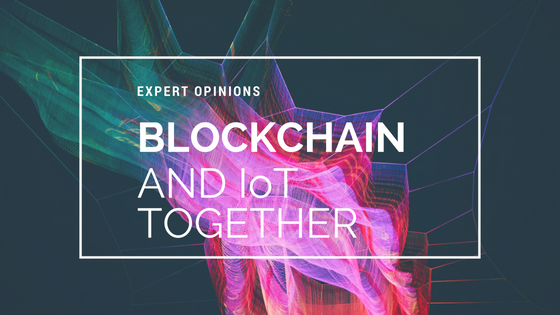
The Internet of Things (IoT) and Blockchain are two different techs that are set to revolutionize the wider aspects of the business. But the idea of...
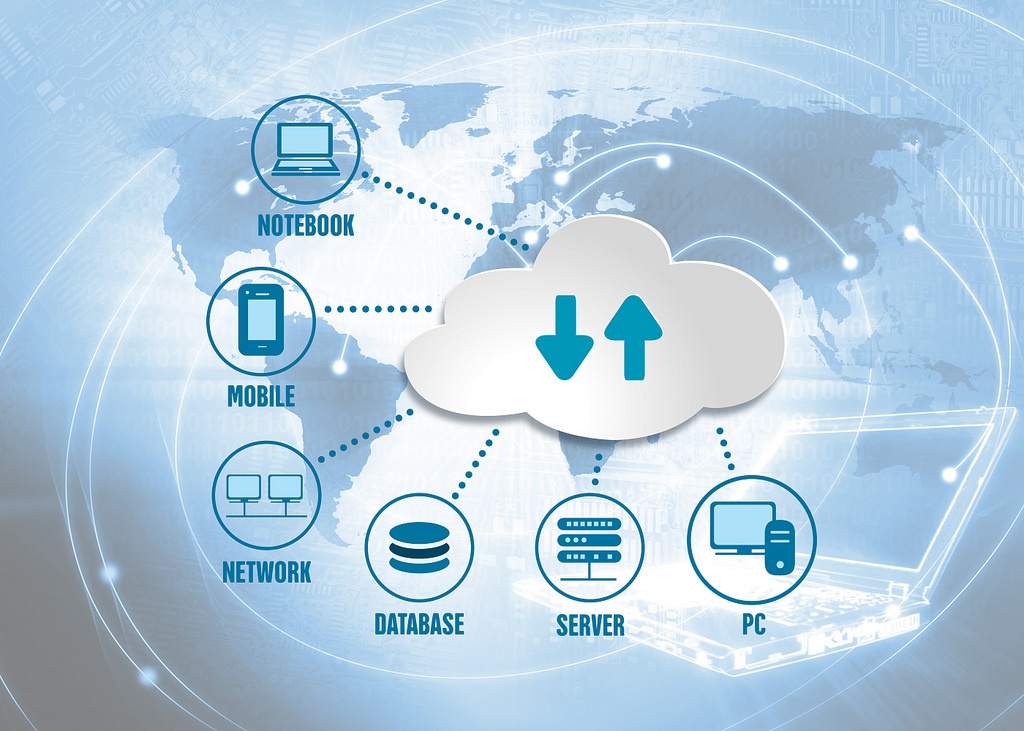
Technology is driving the business, in today's era of constant demands expansion where the opportunities and the explorations are enormous and all...
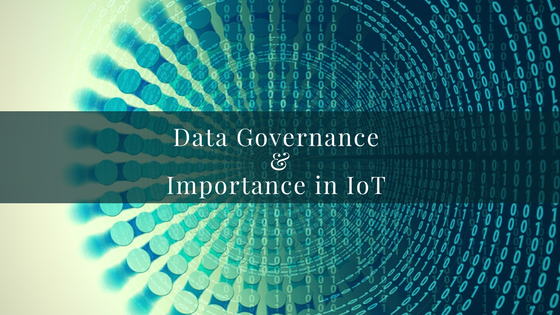
It's nothing unexpected that governance and security are essential contemplation with regards to the IoT. However, how inconceivably dominant they...